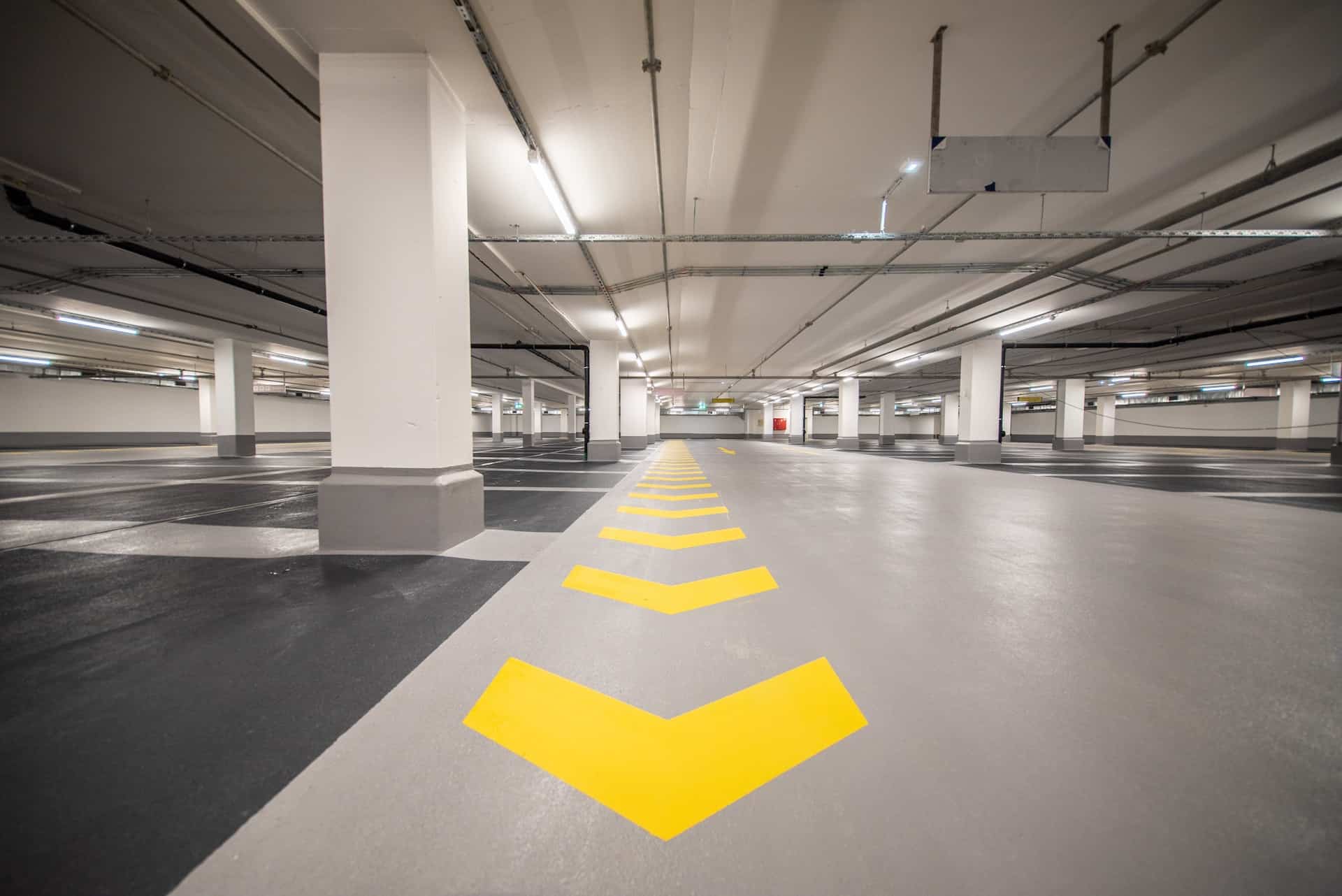Regardless of your condominium’s size, having an efficient, optimized parking garage is a must-have. Your tenants will want to be able to find a parking spot easily, quickly, and conveniently.
Without well-implemented condominium parking control, the risks of overcrowding and misuse of resources can vastly outweigh convenience for everyone.
Fortunately, with proper planning and implementation, condominium owners can keep their parking lots safe. By instituting straightforward security and control measures, it doesn’t have to be difficult.
This article aims to provide a comprehensive overview of implementing parking control in a condominium so that owners always have full piece of mind over their valuable assets.
We’ll cover everything needed to maintain order within your property’s boundaries:
- Common issues
- Organize/optimize your layout
- Designated parking and permit systems
- Security features
- Monitoring and enforcement
- Proper maintenance
- Final thoughts
Let’s get started!
Common issues
A lack of parking control can quickly become an issue for even the most modern condominium. Along with preventing overcrowding or misuse, parking control is also necessary for maintenance and safety reasons. Some common issues that can occur due to a lack of parking control are:
- Unauthorized visitors taking up limited spaces and leaving vehicles overnight
- Limited resources going unused because there is no centralized system for tracking
- Long queues and low morale among residents due to not having access to designated spots
- Risk of theft and vandalism since security isn’t a high priority
Additionally, many condominiums suffer from overstuffed parking lots during peak hours, as well as an abundance of space when demand is low.
This inefficient usage may cause problems in both the uptake and cost-effectiveness of running your property efficiently. This brings us to our next point: what kind of measures should you be implementing?
Organize and optimize your layout
Improperly sized spaces, wrong turns, and blind intersections can make parking garages a nightmare for tenants. It’s critical that you ensure your parking lot design is optimized and that it allows for enough openings to allow smooth traffic flow.
The number of parking spaces per floor of your parking garage and the direction of the flow of traffic are two factors to consider. Aim for one-way traffic as much as possible so drivers will not have to back out of tight spaces.
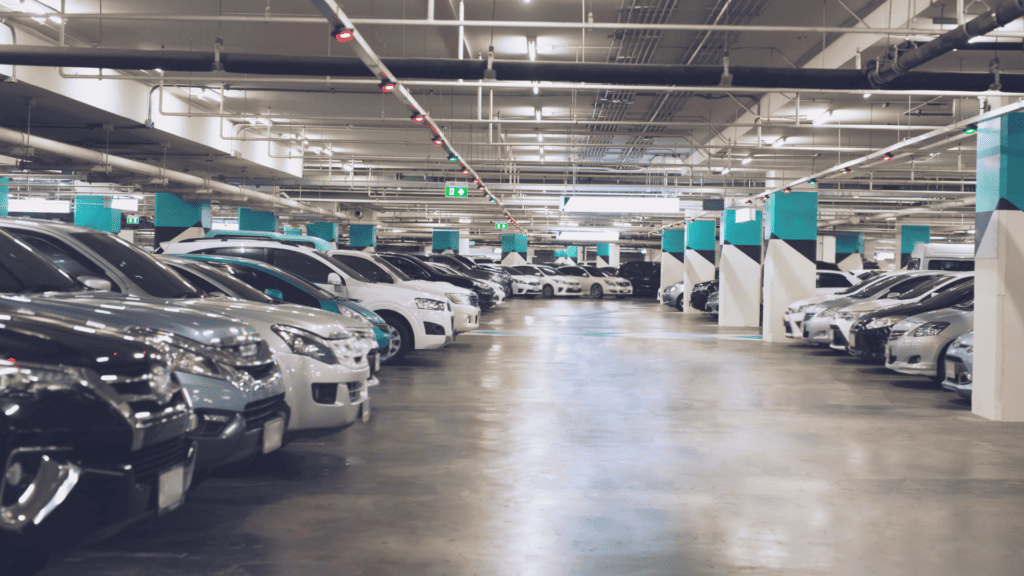
You’ll also need to be aware of the vertical clearance throughout your parking garage and any protruding feeder locations where vehicles can’t fit around comfortably.
Another factor involved in choosing an effective layout is the use of designated areas like trailers, disabled parking spots, and other unique requirements mandated by law in certain regions (sometimes involving specific color schemes).
ADA-compliant signs must be used for those designated areas. Always refer to state and local regulations, zoning maps, etc., for information regarding these areas before making any alterations or changes within a property’s boundary wall.
Designated parking and permit systems
The next step in implementing effective condominium parking control is to set up and enforce designated parking policies. Designated spots can be used for certain types of tenants (e.g., long-term residents versus visitors). Handicapped drivers will also need specifically marked bays within your lot to reserve the closest space possible.
Make sure that any parking spots that are not for free use are clearly marked, both on the ground and on a sign/wall directly next to the space. If a space is improperly marked or is missing any kind of signage, it must be placed immediately.
Be sure to also determine what kind of electronic permits or passes you will need to have on-site in order for your system to work properly. An emerging trend is the incorporation of License Plate Recognition (LPR) technology in many locations.
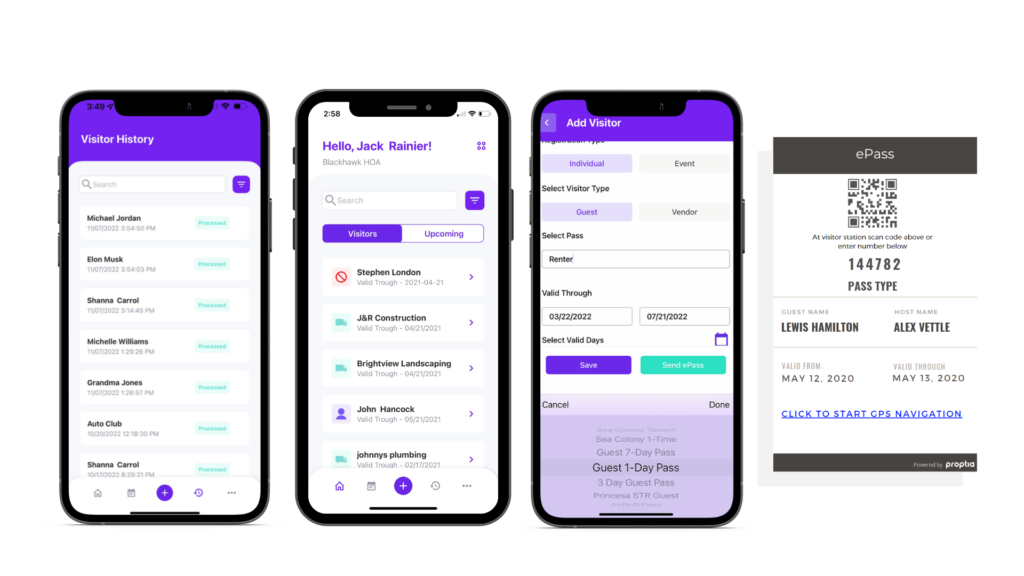
This advancement enables the utilization of residents’ vehicle license plates for seamless entry and exit validation in parking areas and garages. Through the integration of license plate recognition, property managers can effortlessly monitor all incoming and outgoing vehicles, verifying their authorization status. This capability proves invaluable in identifying individuals attempting to access property resources without permission.
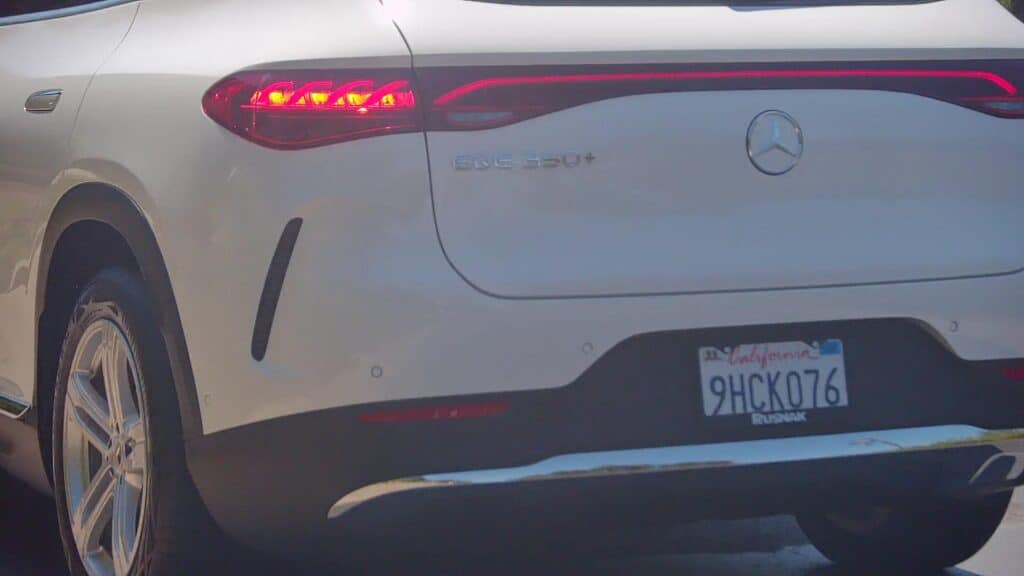
To assist with this, having an automated check-in/check-out LPR or digital ePass system can help tremendously with keeping records and monitoring the occupancy of the lot over time periods. Space reservation systems are also beneficial, as they allow you to better plan for peak times and ensure that spaces aren’t overbooked.
Note: When plotting out your parking control plans, make sure you factor in fire safety exits as well – this will be integral later on when implementing control systems like swipe cards or keys.
Security features
When installing a condominium parking control system, it’s important to include multiple levels of security measures into the mix. The use of various technology options will help prevent unauthorized physical entry into the facility or parking decks – especially at night when most areas become vacant.
To guarantee a safe environment, you’ll need to integrate access-control methods both at your security gates and inside each parking lot.
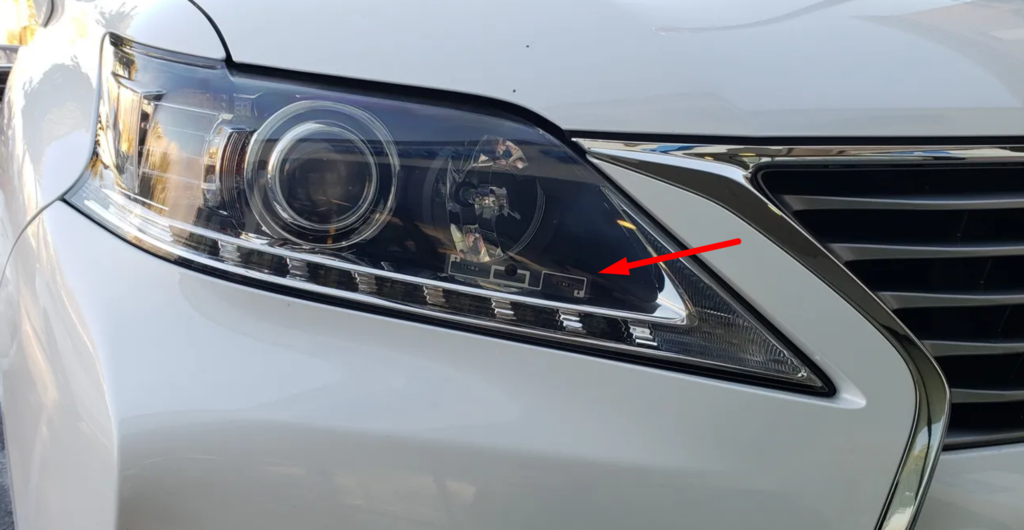
Installing intercoms or cameras above barriers can provide the needed surveillance tool in order to protect those within its perimeter walls as well as any resources stored there (like landscaping equipment).
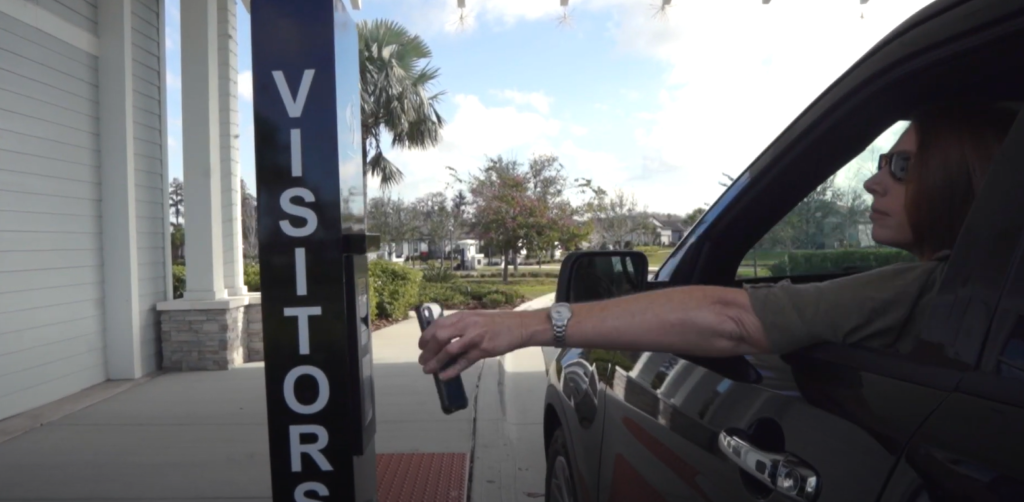

Furthermore, automatic high-low barrier arms with card readers will keep trespassers from gaining entry without permission and also further reduce carpooling in certain areas.
Parking lot sensors should be installed throughout the entirety of your facility so you can easily monitor vehicle occupancy time both inside and outside its limits.

This piece is especially important if there are buildings located close by with illegal street-parking spots; ideally, this kind of activity would be discouraged through signage anyway. Variations of these sensors can also be used to secure elevators and provide necessary electronic access control.
Note: If you don’t have a designated area for guest parking, you will need to set up a one-time access code system that can be provided and monitored for check-in times as well.
Monitoring and enforcement
Security cameras are necessary for any parking facility. Implementing a video surveillance system alone doesn’t prevent theft and break-ins from occurring – by itself, a camera can only document the crime.
For that reason, it’s also important to have either a security guard/team or a virtual guard that can alert you to potential issues as they arise 24/7.
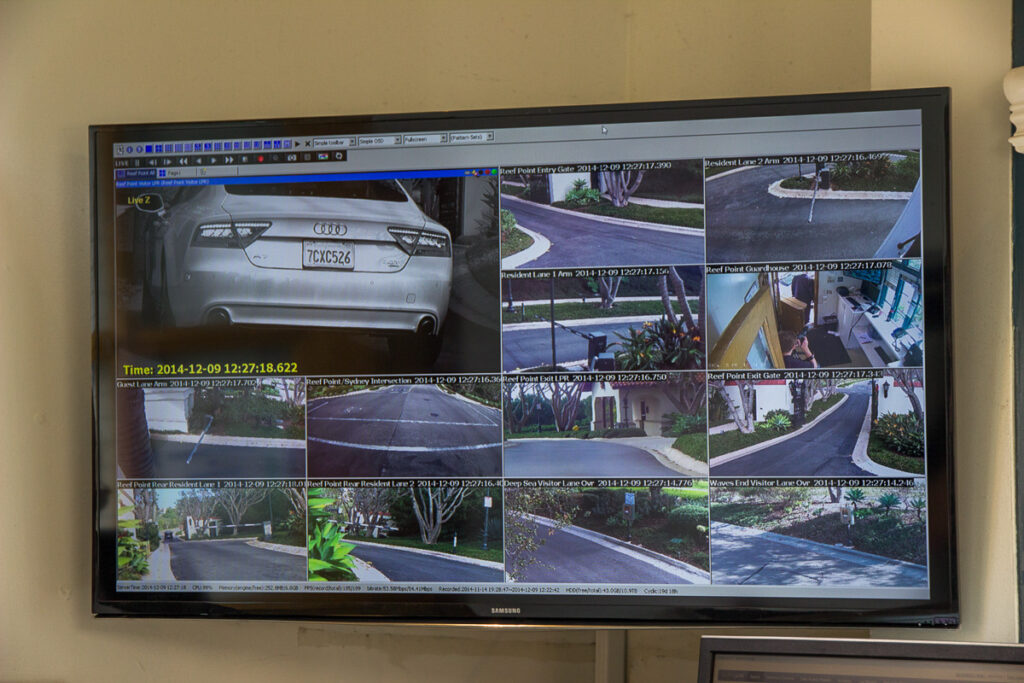
Take some time to explain your parking control plans and regulations. Start by setting clear expectations within your rental agreement so tenants are aware of what’s expected from them in regards to utilizing the facility correctly.
Ensure they understand their obligation to notify you when suspicious activity is detected or if they notice something out of the ordinary within their designated lot.
Establish dedicated communication channels (e.g., email or website) where residents can seek clarification regarding parking control or report any issues they come across. Make sure you respond quickly to any inquiries, as this shows tenants you care about their well-being and efforts to maintain a functional parking deck.
Note: Make sure your security staff knows how to operate installed security technology correctly – and that any relevant security documents have been read thoroughly before beginning work shifts.
Proper maintenance
Having an efficient parking facility means a well-maintained one. While it may seem insignificant, the condition of common spaces such as stairwells and hallways can either promote or reduce the potential of break-ins.
It’s necessary that any security systems are regularly updated with the latest changes like entry logs, occupancy time metrics, and other maintenance parameters.
Regularly check for anything that can be improved upon or adjusted in order to improve efficiency, such as the projection of traffic during peak hours and ensuring renters aren’t using more than their allowed spots.
Simple steps like making sure that gravel is regularly emptied from parking lots during winter will help in maintaining the look and overall safety of a property’s grounds.
Electric induction loops that detect cars entering or leaving (usually placed at entrance/exit points) must be constantly checked and kept clean to maximize their life span.
It’s also beneficial to have regular inspections come in every so often for an unbiased report on how things are going behind closed doors at all times. This way, you can quickly address any issues that may be present without having to waste time investigating them after the fact.
Final thoughts
At Proptia, we understand the importance of an efficient parking control system and the amount of planning that goes into setting one up.
From access-control methods to license plate recognition to remote surveillance, all elements must work together seamlessly in order for the most optimal solution: A secure, optimally sized lot that meets your property’s individual needs.
We also know parking control is only one piece of many when it comes to maintaining a safe, well-run condominium. Our team strives to help you find and implement security solutions for your property – connecting you with the technology and professionals you need to get the job done without breaking the bank.
Contact Proptia for a demo today, and let us help you make your parking garage safe, secure, and easy to manage!
GET IN TOUCH
Schedule a Demo

Nick is a tech-savvy freelancer with a passion for coding and a knack for writing. As a programmer by trade, he knows the ins and outs of the digital world, with a particular interest in PropTech and Security Tech. When he’s not tinkering with the latest software, you can catch him scaling mountains or unleashing his creative side on a canvas.

